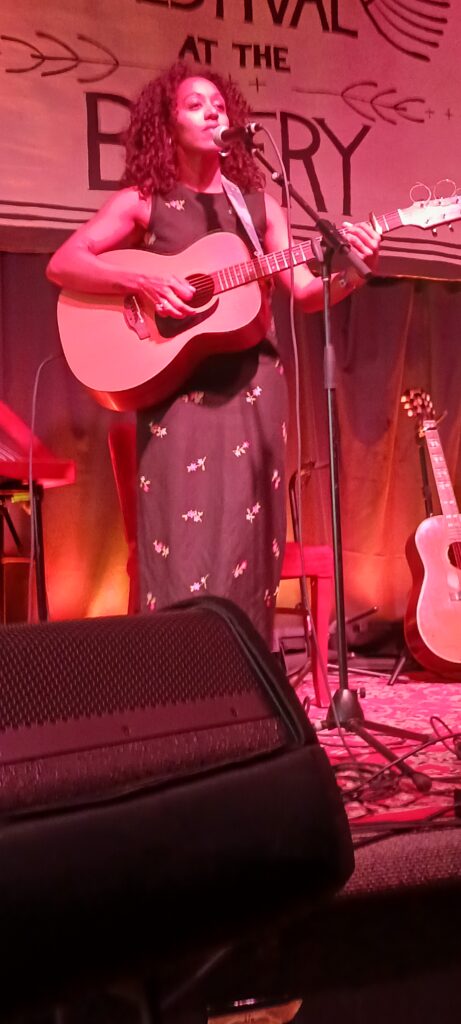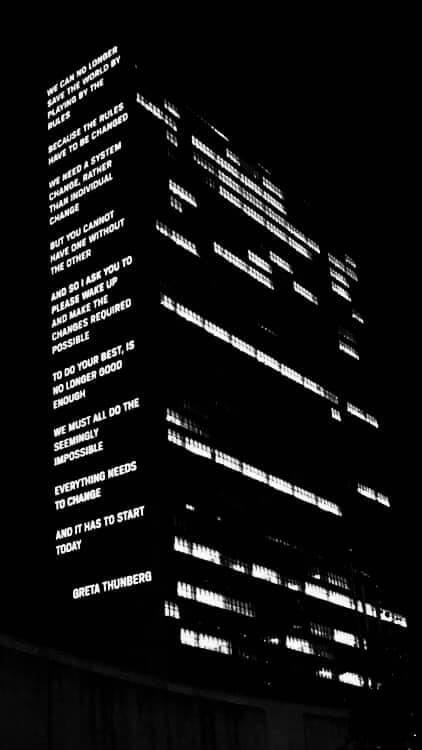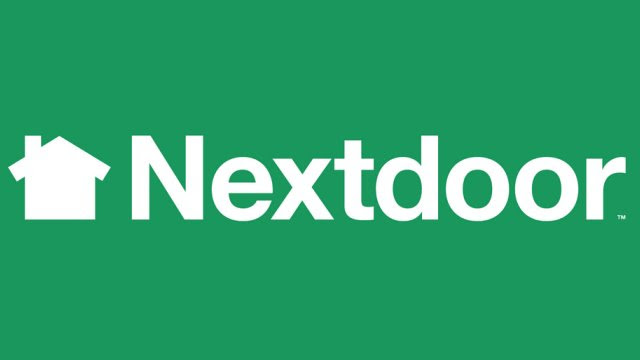
Lizzie No
Sisters Folk Festival 2024 – What a Hoot!
I’ve been hearing about the Sisters Folk Festival for years. Back when I attended Burning Man religiously – I’d usually come back to Portland and then consider – heading back out for the folk fest and then forget where I left my mind for a couple of months 🙂 So, this was my first year, and what a fun surprise. What a delight! Shades of the Vancouver Folk Festival (which is generally my gold standard for this type of music event) + Central Oregon + high desert = cowboy boots and saloons. Women in dresses – grass growing where it doesn’t belong.
Pics
We started our adventure (Eecole and me) with a sweet visit to my friend Kieran (great picker and good friend) outside of Bend – you can see from the pictures that we got out into a couple of nearby parks and saw some sweet scenery. We arrived at our weekend home (a parking lot in front of a high school) on Friday, parked Eecole’s camper and then headed into town. Our first venue was The Open Door – an intimate setting – we stayed for 3 acts: Lizzie No, The Pairs (shades of The Wailin Jennies), and San Miguel Fraser – all wonderful and we lucked into front-row seats for the evening! It was a cold night of off-and-on sleep for me – outside in a tent.
Saturday morning Kieran, Erin, Eecole, and I had breakfast and played tunes until it was time to go into the fest. Saturday featured some more intimate workshop-style offerings, so we got to hear more about the background of the performers. I think for me Saturday night was a big highlight – I stood in line to get good seats for a showcase type of performance. That was well worth it as I just loved what we saw Saturday night at the Dave Carter Songwriter Showcase. Everything that followed was equally stunning, too – Especially Kittel & Co. and Vasen. Vasen, a group from Sweden featured a guy playing an instrument that he built – something ancient. I spent the whole performance watching him play and just wondering what I was seeing. This: 
The instrument is bowed. The two men playing also just sent us all into a dreamland and when they were done it was time to bike back to the parking lot (about 2 miles away) in the chilly and windy night. We were battered by a cool wind all night and I didn’t sleep that great. But hey, you’re at a folk festival, right, so you roll with it. But boy do I need a new sleeping bag and possibly it’s time to buy/rent a van for these events!
Sunday, breakfast (a hot shower in the High school!), and a few tunes before we packed everything up and drove into town for a couple more performances. I felt lucky to score a great seat at the Open Door where I’d begun the weekend. I watched The Lowest Pair and Peter Mulvey. Peter is someone from whom I want to hear a lot more! What a character.
So, that’s a little bit of my trajectory, but I have to say that the volunteers and organizers really thought this event through in a lovely way. I always felt welcomed. Also – the sound was delicious. I tend to gravitate towards the smaller stages, knowing I’ll get to hear a more intimate experience – and that the sound was so dialed in – I can’t remember a time where I’ve heard such a well-dialed-in mixing. If you’ve ever read my revues of other festivals – I usually complain that the sound is too loud – I’m looking at you Pickathon, Beloved, Strummit – pretty much everything I attend these days – the volume is too loud. This was not that – and I am so so grateful. I might even return just for that aspect. The fact that they also curated a collection of musicians from all over the place that were new and delightful – icing on the cake!

Also, the lighting was lovely. At every stage! The daytime weather was delicious. And though we drove through a fire on our way to the festival, the air was clear all weekend. OK, time for a couple of improvements:
The festival could do more outreach before the festival happens (via an email newsletter) to encourage attendees to:
- Be super careful not to have car alarms ready to kick off – this happened a number of times throughout the weekend and was a noticeable disturbance. This could be improved through education.
- Learn how roundabouts work – they are yield situations – not necessarily time for stopping
Lastly, I suggest the festival ask the local municipal airport to see if planes can take off and land – not over the town (this didn’t happen often, so I imagine they have a choice). I mean I think they should do this always, but esp. when you have thousands of people outside listening to intimate music. Something tells me the right letter could make this happen. This festival obviously has some presence in town and I bet for one weekend small planes could avoid flying over the town.
Otherwise, wow, kudos to the festival organizers. It was very well done. I had a great time and I learned about a bunch of new musicians I hadn’t heard of before. Next year I might even come to the songwriter camp that leads up to the festival.
Thank you! Albert Kaufman, 9.30.24
If you like photos, here are some of our time there. And here’s the Spotify playlist of all the artists.

MC Mike Meyer welcoming us at the Open Door











